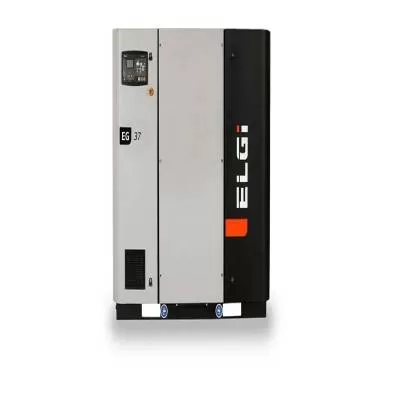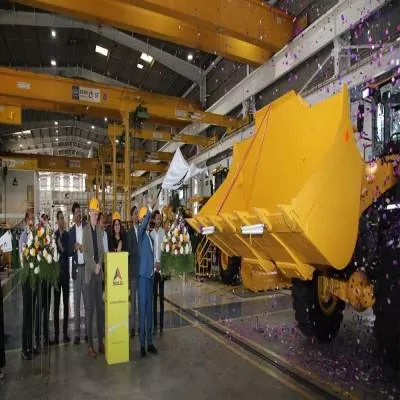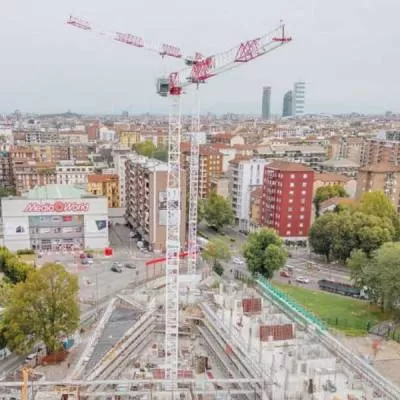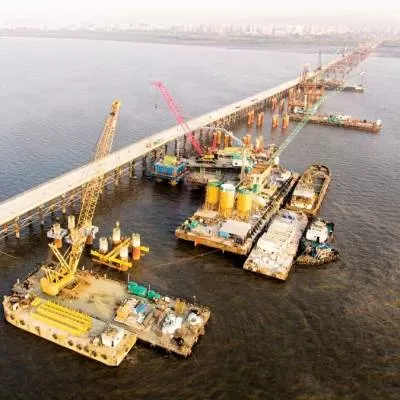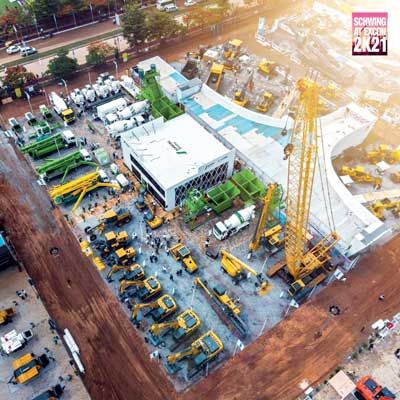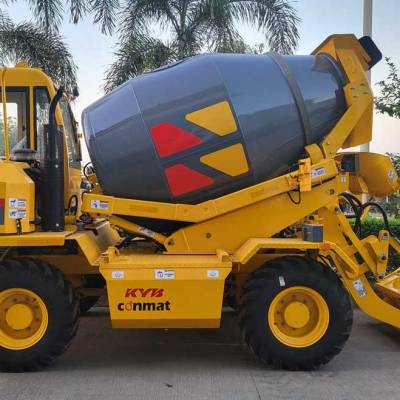
We are working towards executing the balance 30,000 km
Border Roads Organisation (BRO) serves the border areas of India by maintaining its roads. It develops and maintains operational road infra¡structure of the general staff in the border areas and contributes to the socio-economic development of the Border States. BB Lal, Additional Director General, BRO, shares more on the projects and challenges in conversation with SHRIYAL SETHUMADHAVAN.
Introduce us to your upcoming projects.
Since 1960, BRO has developed about 50,000 km roads in the border area. In India, at present, we have 18 ongoing projects in the East and West side. Projects in the East include Pushpak in Mizoram; Sewak in Nagaland; Setuk in Tripura and Manipur; Vartak, Udayak, Arunak and Brahmank in Arunachal Pradesh; Swastik in Sikkim and Dantak in Bhutan. Projects in the West include Shivalik and Hirak in Uttaranchal; Deepak and Rohtang Tunnel in Himachal Pradesh; Sampark, Beacon, Himank and Hirak in J&K and Chetak in Rajasthan. In some areas of strategic importance, we are also developing roads for Ministry of Road Transport and Highways.
So how do you plan targets each year?
We make a five year plan and work towards it annually. At present, we have an order of more than 30,000 km pending and are working towards it. While we operate from 0 km to 100 km from the international border, NHIDC is targeting only the softer area, which is 150 km deep inside the international border.
What is the equipment requirement?
We have an equipment plant worth Rs 1,800 crore in our inventory. We commonly require dozers, excavators, motor graders and road rollers along with paver finishers, hot-mix plants, etc.
The National Highways and Infrastructure Development Corporation (NHIDC) has been established to construct highways in the north-east´NHIDC is working on a contract mode, where the contractor is paid as per the pre-determined rate. However, in the departmental mode that BRO follows, the government is committed to give the final amount invested in the project.
What are the challenges you face in the north-east?
The working season is less due to the rains. Further, the repair cover for equipment is not available beyond Guwahati. Also, the location is remote, and despite giving 12.5 per cent allowance, there is shortage of manpower. Moreover, local contractors do not have the resources to complete the work and they are against outside contractors taking up jobs. The only solution then is to pump more resources and money through departmental construction means.
What is the per kilometer development cost involved?
We spend around Rs 3-5 crore per km, excluding the bridge. On the contrary, NHIDC has projected a cost of Rs 7-8 crore per km. This difference is because they look for profits and we don´t.
BB Lal, Additional Director General, Border Roads Organization Border Roads Organisation (BRO) serves the border areas of India by maintaining its roads. It develops and maintains operational road infra¡structure of the general staff in the border areas and contributes to the socio-economic development of the Border States. BB Lal, Additional Director General, BRO, shares more on the projects and challenges in conversation with SHRIYAL SETHUMADHAVAN. Introduce us to your upcoming projects. Since 1960, BRO has developed about 50,000 km roads in the border area. In India, at present, we have 18 ongoing projects in the East and West side. Projects in the East include Pushpak in Mizoram; Sewak in Nagaland; Setuk in Tripura and Manipur; Vartak, Udayak, Arunak and Brahmank in Arunachal Pradesh; Swastik in Sikkim and Dantak in Bhutan. Projects in the West include Shivalik and Hirak in Uttaranchal; Deepak and Rohtang Tunnel in Himachal Pradesh; Sampark, Beacon, Himank and Hirak in J&K and Chetak in Rajasthan. In some areas of strategic importance, we are also developing roads for Ministry of Road Transport and Highways. So how do you plan targets each year? We make a five year plan and work towards it annually. At present, we have an order of more than 30,000 km pending and are working towards it. While we operate from 0 km to 100 km from the international border, NHIDC is targeting only the softer area, which is 150 km deep inside the international border. What is the equipment requirement? We have an equipment plant worth Rs 1,800 crore in our inventory. We commonly require dozers, excavators, motor graders and road rollers along with paver finishers, hot-mix plants, etc. The National Highways and Infrastructure Development Corporation (NHIDC) has been established to construct highways in the north-east´NHIDC is working on a contract mode, where the contractor is paid as per the pre-determined rate. However, in the departmental mode that BRO follows, the government is committed to give the final amount invested in the project. What are the challenges you face in the north-east? The working season is less due to the rains. Further, the repair cover for equipment is not available beyond Guwahati. Also, the location is remote, and despite giving 12.5 per cent allowance, there is shortage of manpower. Moreover, local contractors do not have the resources to complete the work and they are against outside contractors taking up jobs. The only solution then is to pump more resources and money through departmental construction means. What is the per kilometer development cost involved? We spend around Rs 3-5 crore per km, excluding the bridge. On the contrary, NHIDC has projected a cost of Rs 7-8 crore per km. This difference is because they look for profits and we don´t.


